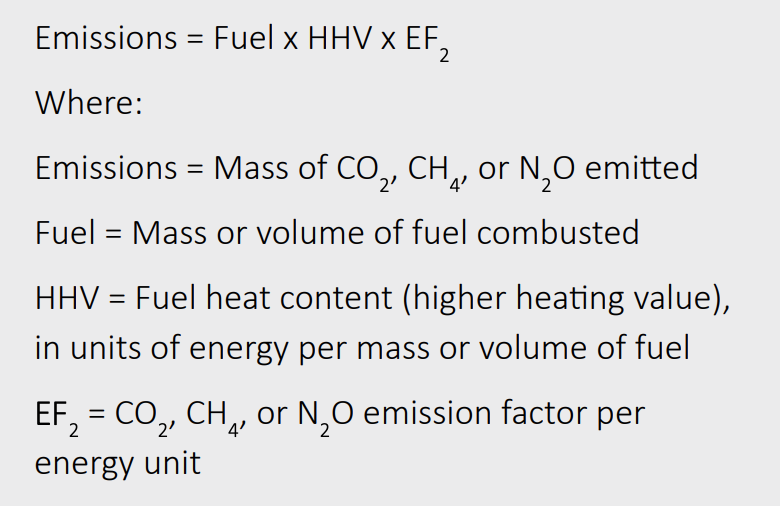
About Bangkok
Bangkok is located on the delta of the Chao Phraya River, about 40 km from the Gulf of Thailand. It became the capital of Siam in 1782, when General Chao Phraya Chakkri, the founder of the ruling Chakkri dynasty, assumed the throne as Rama I and moved the court from the west to the east bank of the Chao Phraya River. Rama I modeled the new city on the former capital, Ayutthaya. During his reign, he oversaw the construction of a defensive wall, a palace complex and temple. Subsequent rulers continued to use the city as a capital and expanded its public works. The city was radically transformed, however, under the long reign of Rama V, King Chulalongkorn (1868–1910) when a large number of public buildings were constructed including European-inspired roads and buildings, a tram and railway and numerous new temples. Modernization continued after the social revolution of 1932 ended the absolute monarchy, brought in Siam’s first political party and established a constitutional monarchy. After World War II the city experienced continued population and economic growth, partly spurred by the war in Viet Nam. For example, Bangkok doubled in area between 1960 and 1974. Growth continued after the Viet Nam conflict, but was then spurred by economic development processes and influxes of foreign direct investments. Since the 1980s, the city experienced continued expansion of population and area. In 2002, the urban extent of built up area extended 157,018 hectares, but by 2015 it reached 294,462 hectares. During this period the population increased from 9.2 million to over 14 million. While the city expanded, since the 1990s, the country has turned from an agricultural to an industrial economy and energy use has increased dramatically. During the 21st century, Bangkok emerged as a global city. As the largest and most important urban center in the country Bangkok experienced the large increases in energy consumption and hence GHG emissions. Total GHG emissions rose from 64.85 Mt in 2010 to approximately 85 Mt in 2020. Industry and transportation are the largest energy end uses and GHG emitting sectors. Together they account for 90% of the energy use and 86% of the GHG from the city.
Bangkok Research Paper
Bangkok Metropolitan Region: Greenhouse Gas Emission
Inventory and Drivers
Shobhakar Dhakal, Subina Shrestha
Introudction
This paper analyzes a 9 year period between 2008-2009 on the CO2 emissions in the Bangkok Metropolitan Region(BMR) from four sectors: Residential, Commercial, Industrial, and Transportation. In the time period, the total emissions released increased from 56 million MtCO2 to 60 million MtCO2 at an average annual rate of 0.94%. The sector contributing the most emissions came from transportation with roughly 43% followed by industrial at 31%.
CO2 Emissions Calculation
To calculate CO2 emissions, the amount of carbon content being combusted from the fuel source must be found, this includes using fuel-specific data or the default emission factor. The equation is the Emissions = Fuel(mass or volume) x fuel heat content(higher heating value) x emission factor(per energy unit such as mass or volume). 1

Findings
A notable dip in CO2 emissions was seen in 2011 which was caused by major flooding in the BMR. The chart shows that residential and industrial sectors saw a drop in the emissions produced compared to 2010. Clearly there is a link with consumption patterns and emissions production, when some areas of the BMR was affected by flooding, the emissions had dropped as well.
Another finding was that the rate of electricity consumption grew 3% for buildings but the rate of emissions from electricity only increased 1%. This can be attributed to renewable energy source policies that were enacted at the national scale. By using more renewable energy sources, even though consumption of electricity can go up, this could lead to smaller increases in CO2 emissions.
Finally transportation made up a large portion of total emissions and there are local policies that are tackling this issue. Thailand is urbanizing much like the rest of the world, and rates for car ownership are going up which increases emissions. As an alternative, the Bangkok Master Plan on Climate Change 2013-2023 has a few consequential initiatives like expanding mass transit, promoting renewable energy, and building electricity consumption efficiency.
Conclusion
The Bangkok Metropolitan Region is increasing its population and its CO2 emissions, but there are numerous ways to curb further increases in emissions. Transportation being the largest sector for emissions can have the biggest impact on reduction, while converting to renewable energy sources has already shown benefits at the building level, and lastly reducing consumption is a simple way to reduce future emissions.